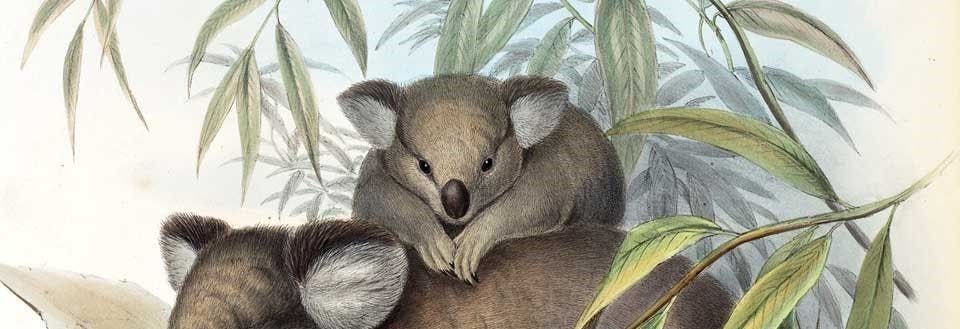Owen, Richard (1804-1892).
Description of the Skeleton of an Extinct Gigantic Sloth, Mylodon robustus. London: Printed by R. and J.E. Taylor...; Sold by John Van Voorst, 1842.
Richard Owen was Hunterian professor of anatomy at the Royal College of Surgeons in London, with a primary interest in the anatomy of living and extinct vertebrates. He was allowed to dissect animals from the London Zoo that had died, to improve his knowledge of animal anatomy, which he then applied to understanding fossil vertebrates, in the manner developed by Cuvier. This is a study of a specimen brought back by Charles Darwin from South America (see item 49). Owen recognized that the Mylodon was a giant ground sloth, but only distantly related to the more familiar Megatherium. This is one of the best contemporary illustrations of any giant sloth, both for the robustness of the lithograph by George Scharf, and for the inclusion of the skeleton of a living tree sloth at lower right, to allow a comparison of size.
Owen became the principal authority on anatomy and fossils in Darwin’s day. To explain the variety of forms that one sees over time, Owen developed the concept of an archetype, which was an ideal form or design. One could construct an archetype of a vertebrate (Owen actually did so), and all vertebrates, living and fossil, could be understood as variations on that archetype. Owen’s archetypes would prove incompatible with Darwin’s theory of evolution by natural selection.

